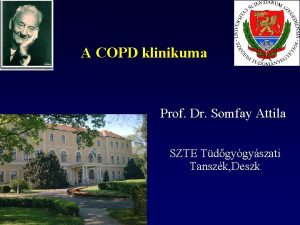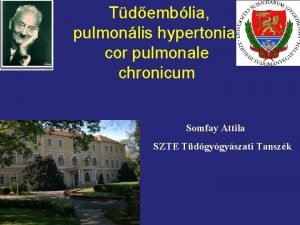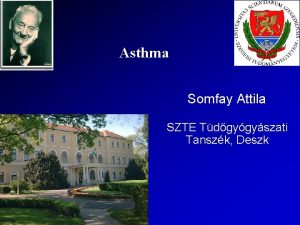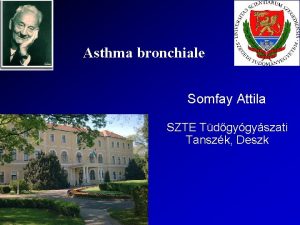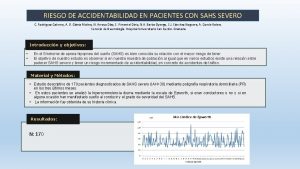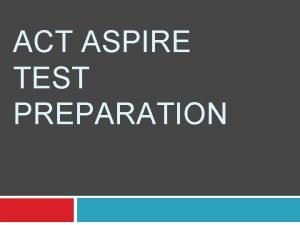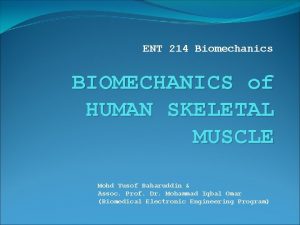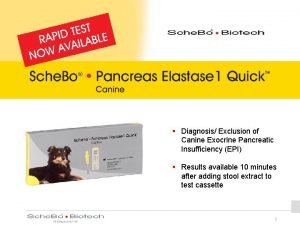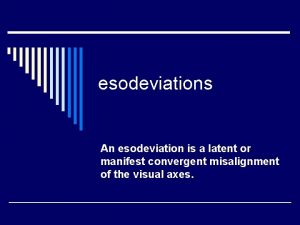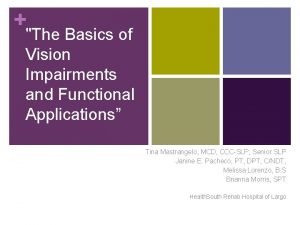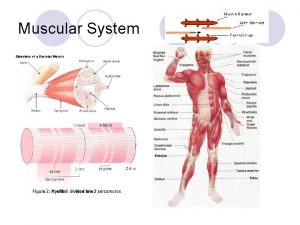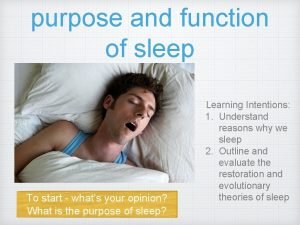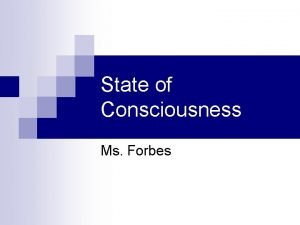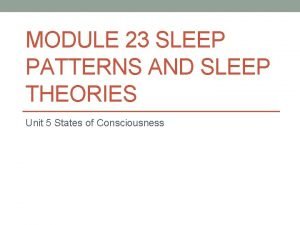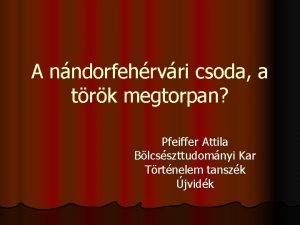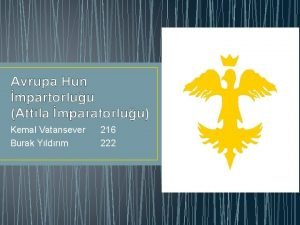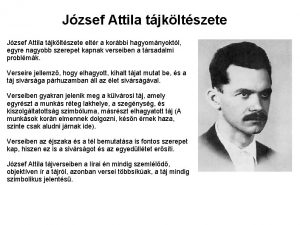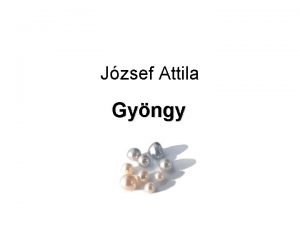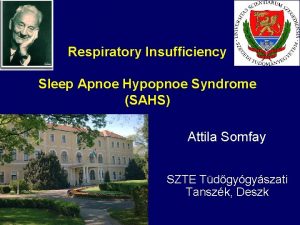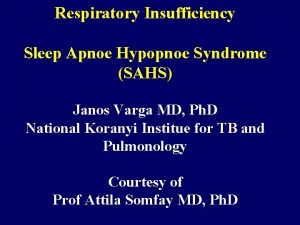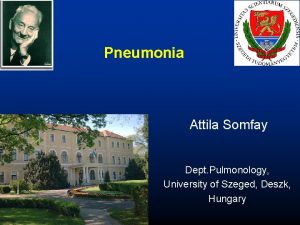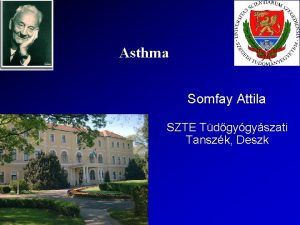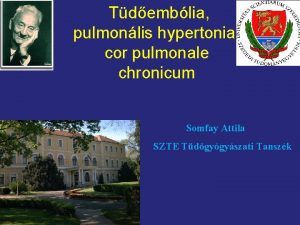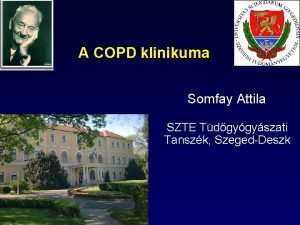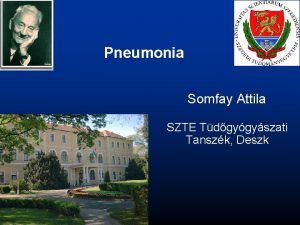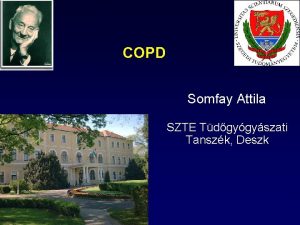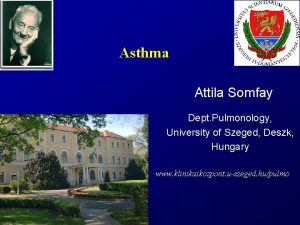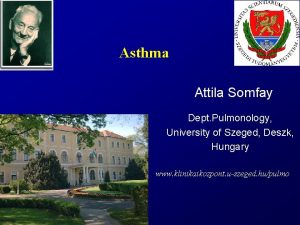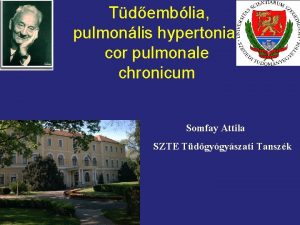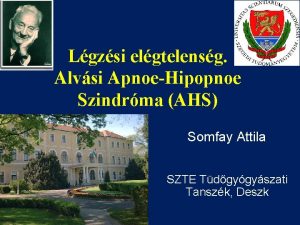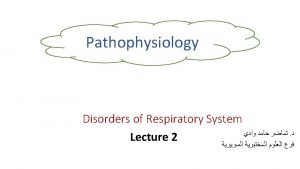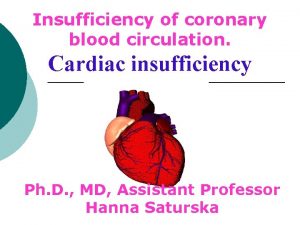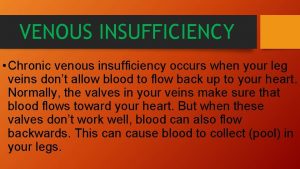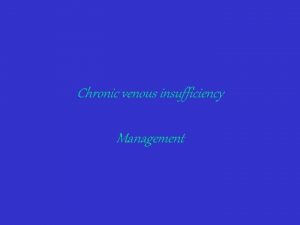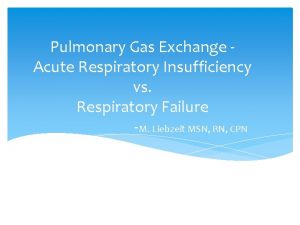Respiratory Insufficiency Sleep ApnoeHypopnoe Syndrome SAHS Attila Somfay


































- Slides: 34

Respiratory Insufficiency Sleep Apnoe-Hypopnoe Syndrome (SAHS) Attila Somfay SZTE Tüdőgyógyászati Tanszék, Deszk

Classification of respiratory insufficiency 1. Progression in time – acute (p. H!) - chronic 2. Pathophysiology - type I (hypoxemia=Pa. O 2<60 Hgmm) - type II (hypoxemia + hypercapnia=Pa. CO 2>50 Hgmm) 3. Pathomechanism - V/Q mismatch - hypoventilation - limited diffusion - right-left shunt 4. Etiology - airway - lung parenchyma - lung vasculature - chest wall and pleura - neuromuscular

Alveolar gas equation: PA (mm. Hg) = (PB-47) x FIO 2 – 1. 2 x Pa. CO 2 102 = 150 - 48


VCO 2 PCO 2= VA





The causes of hypoventilation Site of abnormality Central Brain stem Spinal cord Peripheral nerves Neuromusc. Junction Upper airway Chest wall Respiratory muscles Disease Primary hypoventilation sy, barbiturat, opiat Encephalitis, haemorrh. , trauma Cervical trauma, poliomyelitis Guillain-Barré-sy, bilat. n. phrenicus paresis Myasthenia gravis Trachea stenosis Kyphoscoliosis, trauma Muscular dystrophies


Diminished diffusion • • • Transit (contact) time: 0. 75 s Equilibration: 0. 25 s Exercise + diminished diffusion: Pa. O 2<60 Hgmm Pa. CO 2 : no change or decreases Causes: alveolitis fibrotisans, sarcoidosis, pneumoconiosis, connective tissue diseases, drugs, irradiation, alveolar cell cc, Goodpasture-sy, CHF

Mechanism of exercise induced hypoxaemia

Right-left shunt • Anatomic: lung (a-v malformation), heart (ASD, VSD, Eisenmenger-sy) • Functional: V/Q=0; ARDS, atelectasia, oedema, haemorrhagia • Hypercapnia: no or rarely • Hypoxemia: cannot be corrected by 100% O 2

Ventilation-perfusion mismatch • “Functional shunt”, most frequent cause of hypoxemia • COPD, ILD, pulmonary embolism • Regional differences in airway resistance and lung compliance • Hypercapnia: only in severe cases (e. g. blue bloater COPD) • Hypoxemia: correctable with small incraese in FIO 2

Symptoms of hypoxemia és hypercapnia HYPOXEMIA Cyanosis Tachycardia Hypertension Headache Agitation Dezorientation Loss of consciousness Fibrillation, bradycardia Convulsions, retina bleeding Brain damage HYPERCAPNIA Warm, wet skin Tachycardia Hypertension Headache myosis, papilla oedema Agitation Dezorientation, sleepiness Tremor Pathologic reflexes Loss of consciousness Coma

Diseases leading to resp. insuff. Airway Lung parenchyma Hyperpermeability (ARDS) Pulmonary vascular Heart failure with cyanosis Neuromuscular Trauma (head, neck) Ptx, pleurisy Chest wall(deform. , trauma) Drug overdose (sedatives) Type I + + + + Type II + + +

Oxigen supplementation in chronic resp. insuff. NOTT: Ann Intern Med, 1980 BMC: Lancet, 1981 only way to prolong survival in case of chronic resp. insuff. Indication: (stable condition) • Pa. O 2 < 55 mm. Hg or SAT < 88% • 55 mm. Hg < Pa. O 2 < 60 mm. Hg with pulmonary hypertension, polyglobulia or right heart failure Aim: Pa. O 2 ≈ 60 mm. Hg vagy SAT ≈ 90 % CAVE: CO 2 retention in COPD (max. 1 -2 L/min)! Dosage: > 15 h/day

Pa. O 2 < 55 Hgmm Pa. O 2 > 55 Hgmm

ARDS

The causes of ARDS Shock Infection Hematologic Inhalation Ingestion Embolism Metabolic Other Trauma, haemorrhagia, acut hypovolemia (severe burning of the skin) Pulmonary (pneumonia!) - extrapulm. sepsis DIC, abundant transfusion NO 2, NH 4, Cl, SO 2, gases, O 2 -tox. (FIO 2 >0. 5), gastric acid aspiration Paraquat, barbiturat, aspirin, narcotics, lidocain, hydrochlorotiazid fat, air, cell aggregate Diabetic ketoacidosis, uremia Pancreatitis, high altitude, irradiation, aspiration, drawn in water, re-exspansion

Diagnosis of ARDS • Acute onset (1 -3 days) • One or more risk factors • Chest X-ray: new, bilateral, snow flake – like infiltrates • Exclusion: heart failure, fluid overdose, chronic lung disease • Hypoxemia not corrected with O 2: - mild: Pa. O 2/FIO 2 200 -300 mm. Hg - moderate: 100 -200 mm. Hg - severe: < 100 mm. Hg



Non-invasive ventilation (NIV) in global respiratory insufficiency - Bi. PAP

Sleep apnoe-hypopnoe syndrome (SAHS) • Dg: apnoe >5/h , >30/sleep period, SAT decrease: minimum 4% • Apnoe: > 10 s • Arousal (EEG) defraction of sleep • Apnoe index: Number of apnoe/h: <5 - mild: 5 -15 - moderate: 15 -30 - severe: >30

Types of SAHS • Central (kb. 5%) • Obstructive (site: pharyngeal level) • Mixed Risk factors: - obesity - alcohol - sedatives

Symptoms of SAS • • • Daytime sleepiness Morning headache, tenebrosity Change in personality Strong hoarsness Movements during sleep Enuresis nocturna Impotency Hypertonia, arrhythmias Right heart failure

Score: 0 – 24 Upper limit of normal: 9 Normal : 5. 9 ± 2. 2 SAS: 16 ± 4. 4

Diagnosis of SAS (poliszomnográfia) • • • EEG EOG EMG EKG ABG, pulzoximetry Detection of airflow Detection of breathing movements, leg movements Voice recording Video


Therapy of SAS • Change in life style • n. CPAP, Bi. PAP • • • Medroxiprogesteron (Provera) Surgery Acetazolamid (Diamox, Fonurit) Almitrin Protryptilin

c. PAP with nasal mask

Effect of c. PAP on Sp. O 2
 Dr somfay attila
Dr somfay attila Somfay attila
Somfay attila Somfay attila
Somfay attila Somfay attila
Somfay attila Respiratory zone
Respiratory zone Hac sahs
Hac sahs Sahs severo
Sahs severo The aspire test evaluates students in subject areas
The aspire test evaluates students in subject areas Active insufficiency
Active insufficiency Epi stool
Epi stool Divergence insufficiency
Divergence insufficiency Convergence insufficiency athens
Convergence insufficiency athens Convergence insufficiency latham
Convergence insufficiency latham Pseudo convergence insufficiency
Pseudo convergence insufficiency Parallel strap muscle
Parallel strap muscle Trendelenburg test
Trendelenburg test Module 23 sleep patterns and sleep theories
Module 23 sleep patterns and sleep theories Come sleep o sleep
Come sleep o sleep Module 23 sleep patterns and sleep theories
Module 23 sleep patterns and sleep theories Adults spend about ______% of their sleep in rem sleep.
Adults spend about ______% of their sleep in rem sleep. Module 16 sleep patterns and sleep theories
Module 16 sleep patterns and sleep theories József attila mama
József attila mama Leadership skills of attila the hun
Leadership skills of attila the hun Péderi attila
Péderi attila Pfeiffer attila
Pfeiffer attila Berka attila
Berka attila Sztojka attila
Sztojka attila Szűcs attila végrehajtó
Szűcs attila végrehajtó Avrupa hun devleti margus antlaşması
Avrupa hun devleti margus antlaşması Holt vidék elemzés
Holt vidék elemzés íme hát megleltem hazámat
íme hát megleltem hazámat Atilla özgit
Atilla özgit Ertsey attila autonóm ház
Ertsey attila autonóm ház Göröngy
Göröngy Derzsényi attila
Derzsényi attila
